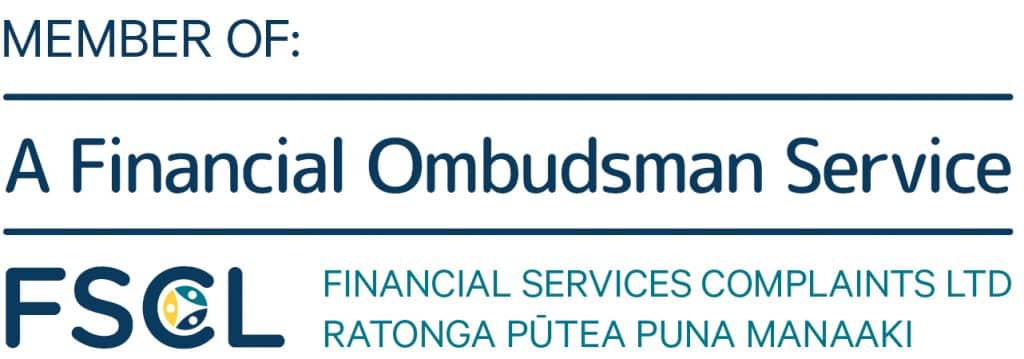While digital currency exchanges have been around since the early 2000s, it was the release of bitcoin in 2009 that gave them newfound significance. Now commonly called cryptocurrency exchanges, they are where people go to buy, sell, trade, and invest in crypto.
Crypto Exchange Beginnings
Mt. Gox was the first big crypto exchange, taking advantage of the initial bitcoin boom in 2010. Soon it was handling more than 70 percent of all bitcoin transactions. By 2014, it was clear that vast quantities of bitcoin had been stolen from them and the consumers who used them.
The numbers are staggering. It was determined that the theft amounted to 850,000 bitcoin, which at the time had a value of nearly half a billion dollars. By April 2021, the value would have grown to nearly 50 billion dollars! What’s worse is that nearly 90 percent of the stolen property had belonged to the company’s customers, who had been led to believe that their money was safe. What were they to do now?
As for Mt. Gox, the losses and ensuing scandal were insurmountable. Despite eventually “finding” a little less than a quarter of the “lost” bitcoin, the damage was done. Mt. Gox was forced into bankruptcy protection and liquidation proceedings commenced in Japan.
As it happens all too often, the claims of creditors (many of whom were far from wealthy) were well in excess of the bankrupt company’s actual available assets. The creditors were prepared to accept pennies on the dollar for their losses. What makes the case of Mt. Gox highly unusual — if not unique — is the fact that the few assets it did have remaining were mostly bitcoin. Within a few years, the bitcoin cost had grown to the point that liquidators were able to sell them off and repay the creditors completely. So, the company is still dead, but at least the people got their money back. So, let’s call this one a happy ending.
Crypto Exchange Problems Continue
A far more complex scenario exists today. With the demise of Mt. Gox, many other crypto exchanges — large and small — have stepped in. Among the larger and better known are Coinbase, Binance and eToro. But there are many more and not all of them have any intention of providing any real services beyond running off with all your money. Some of these little and unknown exchanges are merely fronts for online fraudsters. Money lost to these may be very difficult to recover, but not necessarily impossible (see below for MyChargeBack’s innovative CryptoTrace™ solutions that make it a realistic goal to recover scammed bitcoin).
But even with the best respected exchanges, when things go wrong, customers may be left scrambling for their funds.
A prominent example occurred with the popular Canadian crypto exchange Quadriga Fintech Solutions (also known as QuadrigaCX). It appeared to be a well-run, secure and honest business, taking advantage of its location in a well-regulated first world country. When its founder and CEO, Gerald Cotten, died suddenly at the end of 2018, serious problems came to light. The exact nature of the crisis took months of investigation to uncover.
At first it seemed like there had been a simple but very serious case of poor planning, since Cotten hadn’t shared his crypto keys with anyone, or even left so much as a contingency plan for where to find them in the event of his death.
Eventually it was concluded by Canadian investigative authorities (specifically the Ontario Securities Commission) that Cotten had been cheating his customers all along, misusing their investments with trades that were sometimes fictitious and sometimes unauthorized. The bottom line is that over 76,000 customers in Canada and around the world were owed CA$215 million in bitcoin, dollars and other crypto and fiat currencies. At this point it seems highly unlikely that any of them will ever see more than the tiniest fraction of that money.
Good Crypto Exchanges, Bad Outcomes
Finally, we come to what may be the most common problem nowadays related to money lost on crypto exchanges: where the malfeasance was not by the exchange, but rather by the recipient. Large well-known exchanges such as Binance and CoinBase provide the infrastructure upon which criminals execute fraud against unsuspecting victims. These fraudulent merchants might be offering cryptocurrency investments or pretending to sell legitimate and unrelated goods or services paid for with bitcoin purchased on the exchange.
The problem is that even if you paid the exchange for your bitcoin using a credit card, as long as you initially got the bitcoin you paid for it doesn’t matter if the ultimate merchant defrauded you. You can’t file for a chargeback because your credit card transaction and your illegitimate payment are not directly connected. The criminal has effectively laundered your money through the crypto exchange.
So, is that money gone? Certainly, it is unlikely that your bank will be able to help you with the credit card payment dispute. To add to the headache, the criminal’s crypto wallet will almost certainly be anonymous. And don’t forget that all bitcoin transactions are encrypted and anonymized.
With all those factors working against you, it’s no wonder many people consider cryptocurrency recovery to be hopeless. The good news is that it’s not necessarily true.
While it is true that the transactions are anonymized, they are often traceable. MyChargeBack has developed highly advanced technologies to follow your money every step of the way from the time it left your wallet until it reaches its final destination. If you find yourself in a challenging and complex crypto payment dispute situation, contact MyChargeBack today for a free consultation.






